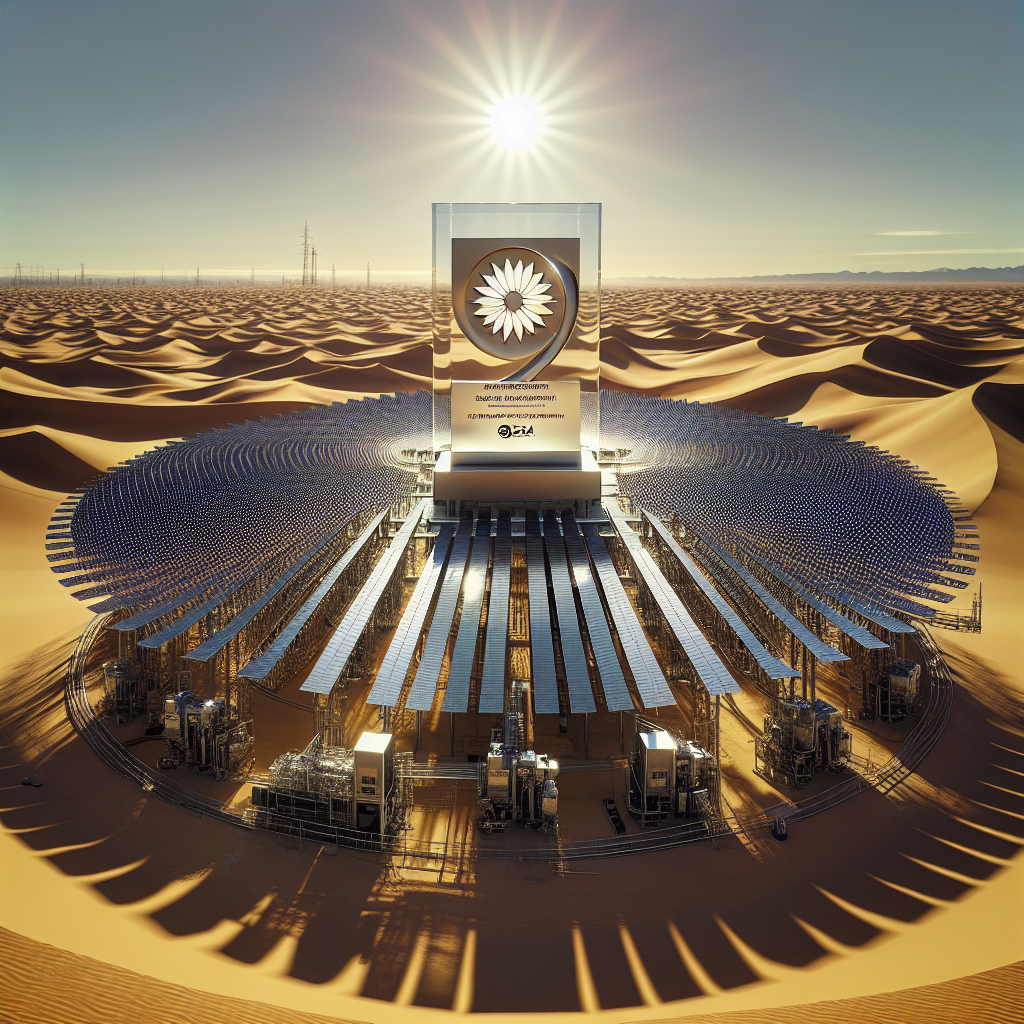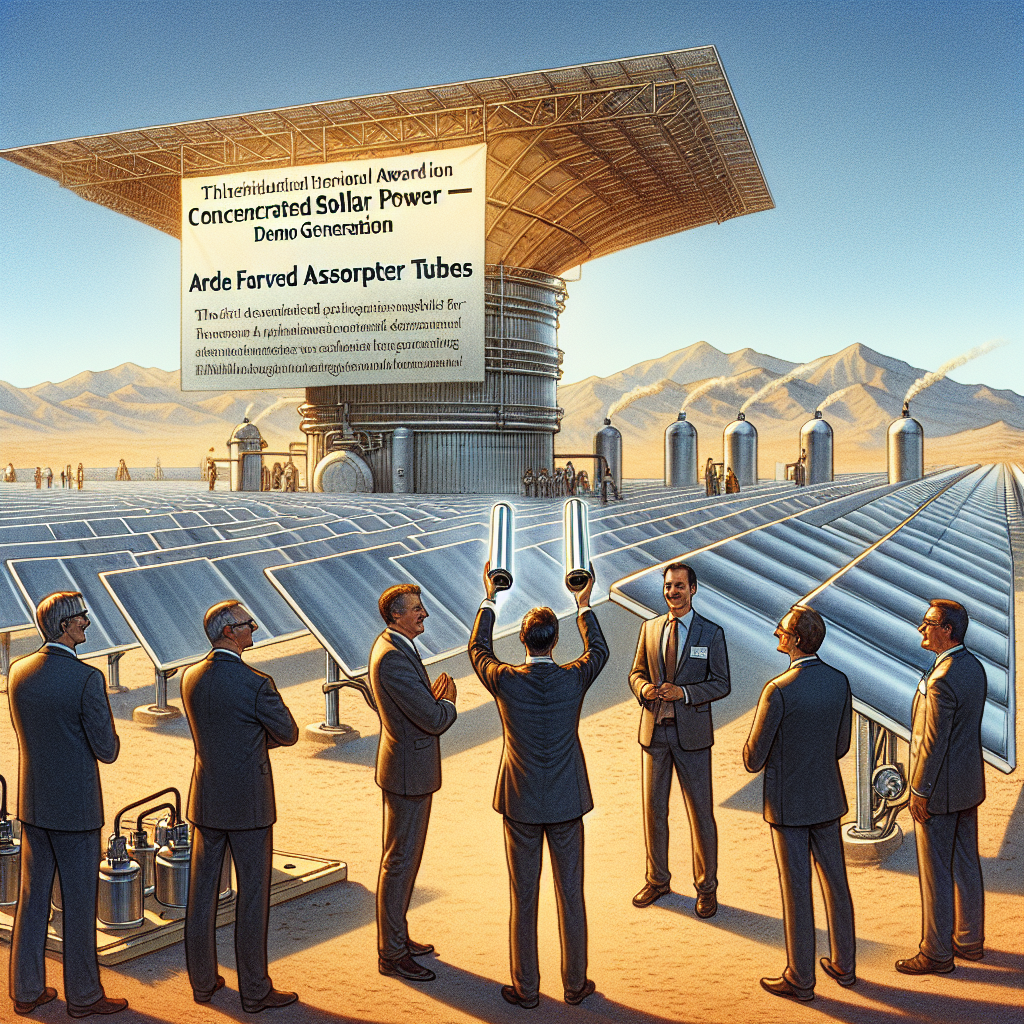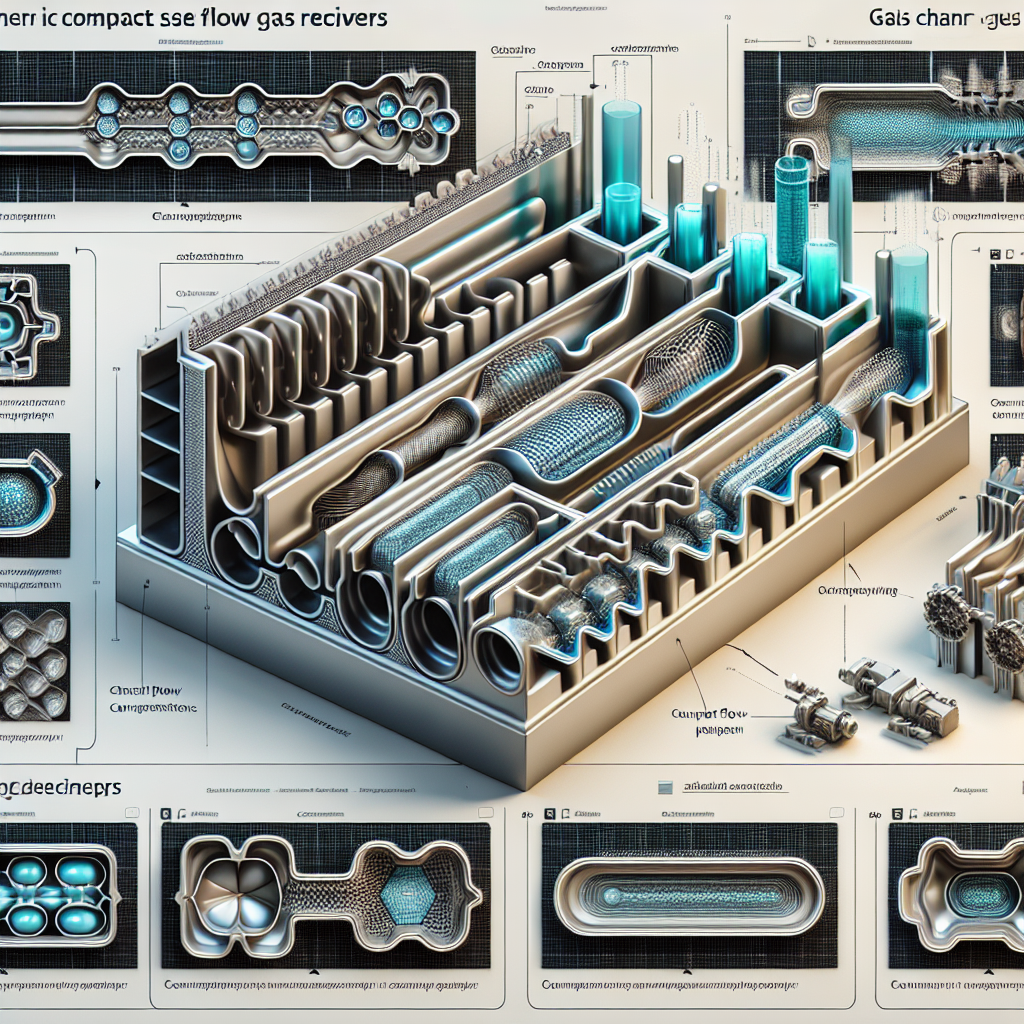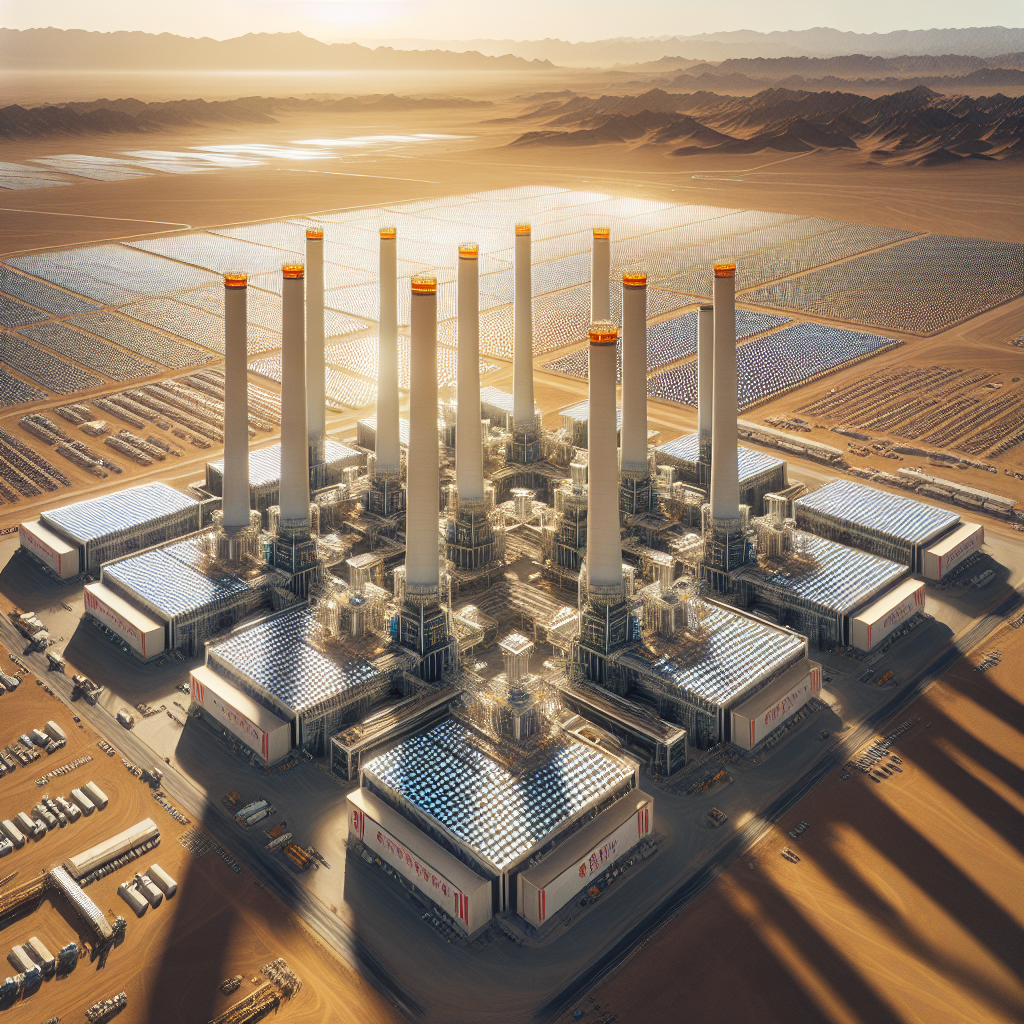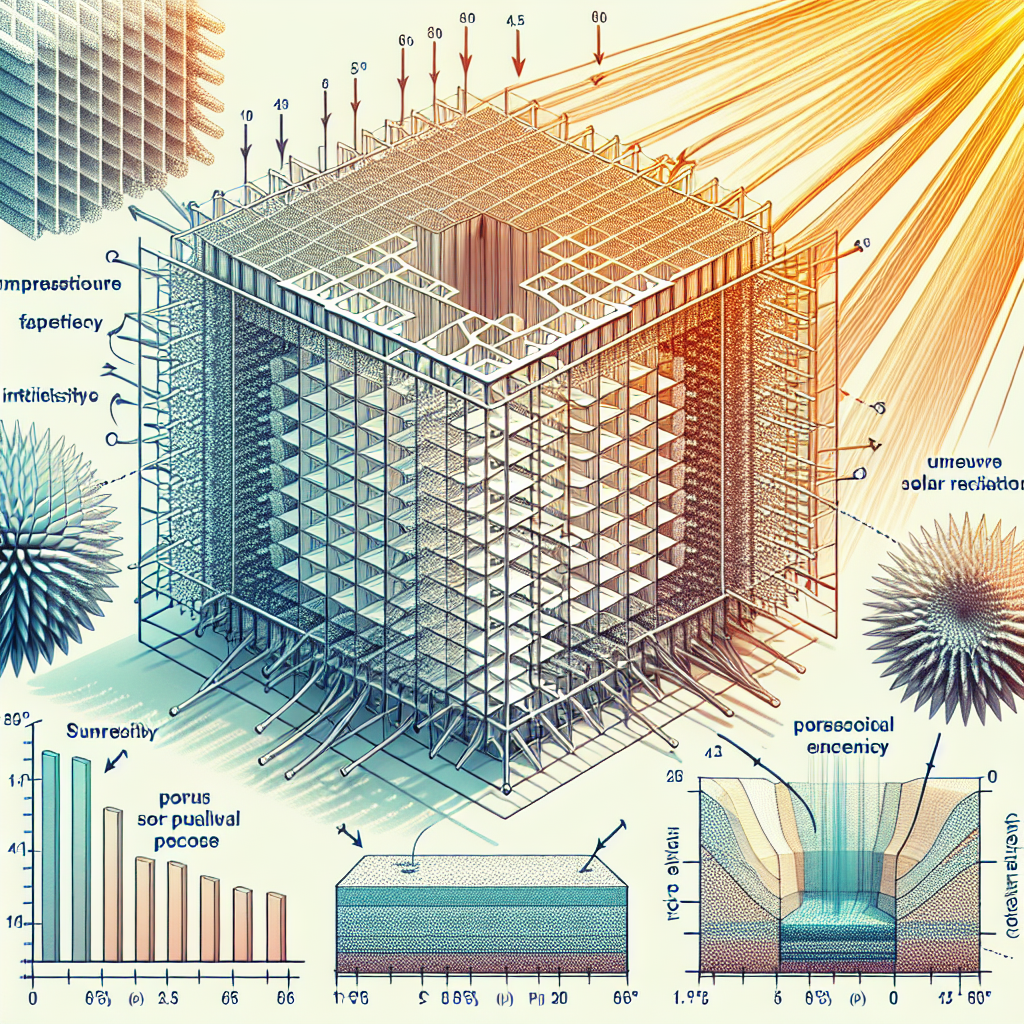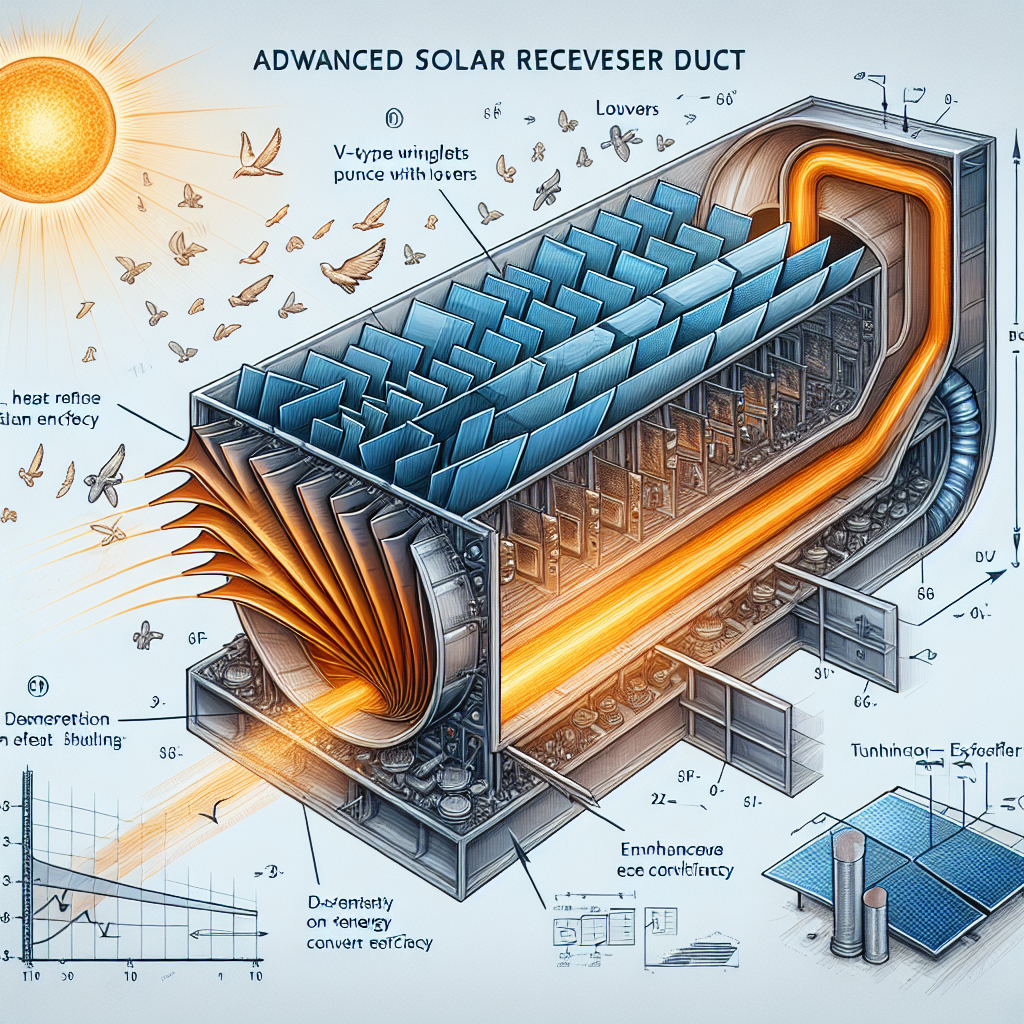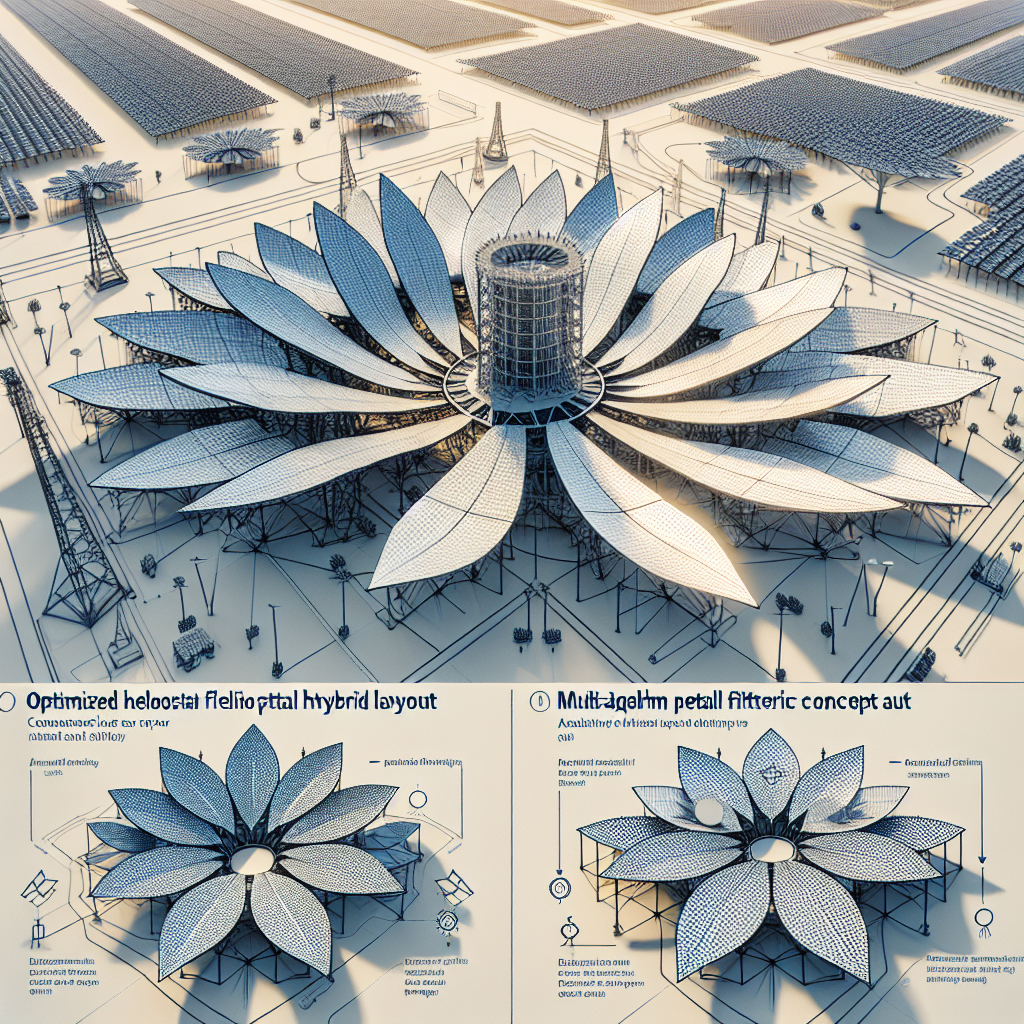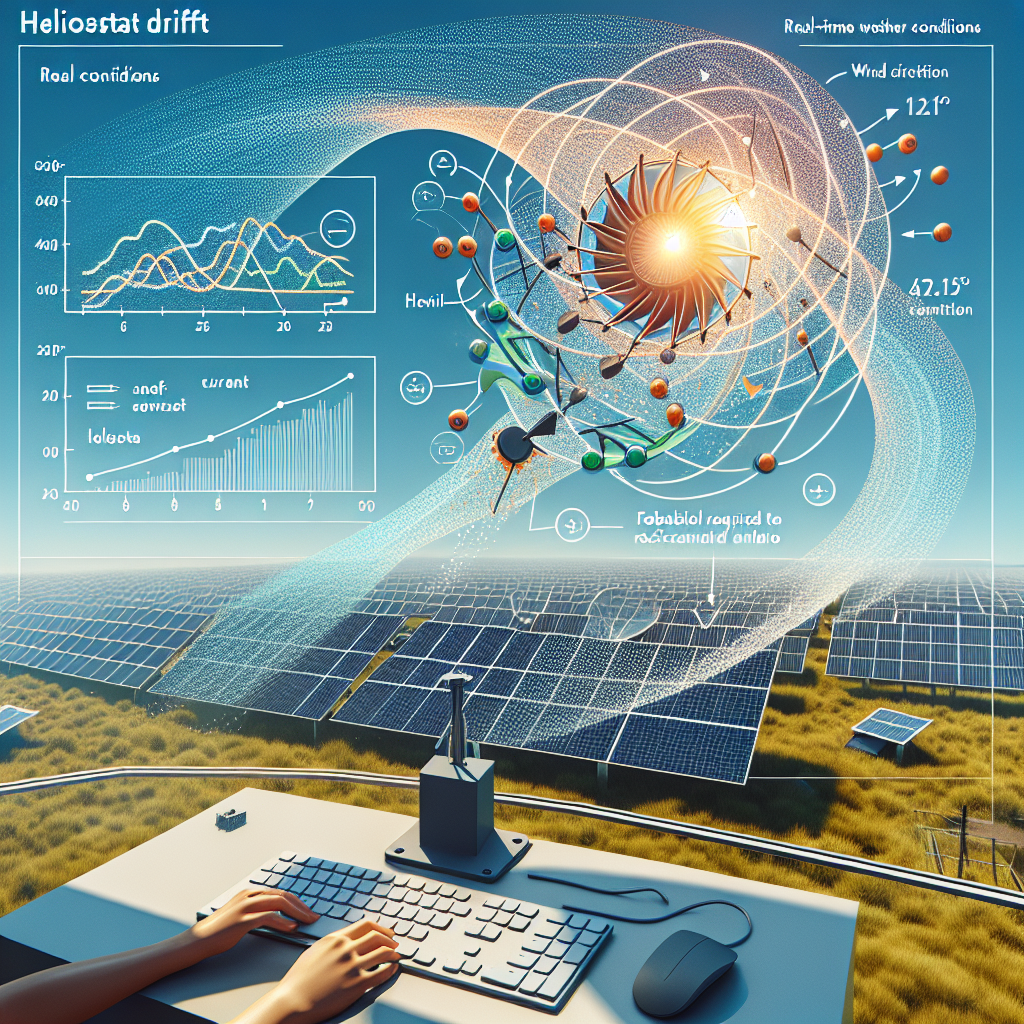“Power up your future with efficient and reliable electrochemical energy storage solutions.”
Introduction
Electrochemical energy storage is a type of energy storage that involves the conversion of chemical energy into electrical energy through electrochemical reactions. This technology is widely used in various applications, such as batteries and fuel cells, to store and release energy on demand. It has become increasingly important in the modern world as a means of storing renewable energy and providing power for portable devices. In this process, electrical energy is stored in the form of chemical bonds, making it a highly efficient and versatile method of energy storage. In this introduction, we will explore the basics of electrochemical energy storage and its various applications.
Benefits of Home Battery Systems for Residential Energy Storage

Electrochemical energy storage has become a popular topic in recent years, as the world continues to shift towards renewable energy sources. With the increasing demand for clean and sustainable energy, the need for efficient energy storage solutions has also grown. This is where home battery systems come into play, providing numerous benefits for residential energy storage.
One of the main benefits of home battery systems is their ability to store excess energy generated by renewable sources such as solar panels. This stored energy can then be used during peak hours or when there is a power outage, reducing the reliance on the traditional power grid. This not only helps to reduce electricity bills but also promotes energy independence for homeowners.
In addition to reducing reliance on the grid, home battery systems also offer a more reliable source of energy. With traditional power grids, outages can occur due to various reasons such as severe weather or equipment failures. However, with a home battery system, homeowners can have peace of mind knowing that they have a backup source of energy in case of an outage. This is especially beneficial for those living in areas prone to extreme weather conditions.
Moreover, home battery systems can also help to reduce the strain on the power grid during peak hours. During peak hours, when the demand for electricity is high, the power grid can become overloaded, leading to blackouts or brownouts. By using stored energy from home battery systems, homeowners can reduce their reliance on the grid during these peak hours, helping to stabilize the grid and prevent power outages.
Another significant benefit of home battery systems is their potential to save money in the long run. While the initial cost of installing a home battery system may seem high, it can lead to significant savings in the long term. With the ability to store excess energy and use it during peak hours, homeowners can reduce their electricity bills and potentially even earn money by selling excess energy back to the grid. Additionally, as the cost of renewable energy sources such as solar panels continues to decrease, the overall cost of a home battery system is also expected to decrease, making it a more affordable option for homeowners.
Aside from the financial benefits, home battery systems also have a positive impact on the environment. By reducing reliance on the traditional power grid, homeowners can decrease their carbon footprint and contribute to a cleaner and more sustainable future. This is especially important as the world continues to face the effects of climate change.
Furthermore, home battery systems can also provide a sense of security during natural disasters. In the event of a natural disaster, such as a hurricane or earthquake, the power grid can be severely damaged, leading to prolonged power outages. With a home battery system, homeowners can have a reliable source of energy to power essential appliances and devices, providing a sense of safety and security during these challenging times.
In conclusion, home battery systems offer numerous benefits for residential energy storage. From reducing reliance on the traditional power grid to providing a more reliable and cost-effective source of energy, these systems are a valuable addition to any home. With the world’s increasing focus on renewable energy, home battery systems are expected to become even more prevalent in the future, making it an excellent investment for homeowners looking to reduce their carbon footprint and save money in the long run.
Exploring Solar Battery Backup Options for Sustainable Energy Storage
In recent years, there has been a growing interest in sustainable energy sources as the world becomes more aware of the negative impact of traditional fossil fuels on the environment. Solar energy, in particular, has gained popularity as a renewable and clean source of energy. However, one of the main challenges with solar energy is its intermittent nature, as it is only available during daylight hours. This has led to the need for energy storage solutions, and one promising option is electrochemical energy storage.
Electrochemical energy storage involves the conversion of electrical energy into chemical energy, which can then be stored and converted back into electrical energy when needed. This technology has been around for decades, but recent advancements have made it a viable option for large-scale energy storage.
One of the most common electrochemical energy storage systems is the battery. Batteries have been used for portable energy storage for many years, but with advancements in technology, they are now being used for larger-scale applications such as solar battery backup systems.
solar battery backup systems work by storing excess solar energy generated during the day and using it to power homes or buildings during the night or on cloudy days. This not only allows for a continuous supply of energy but also reduces the reliance on the grid, making it a more sustainable option.
There are several types of batteries used in solar battery backup systems, each with its own advantages and disadvantages. Lead-acid batteries, for example, are the most commonly used type of battery due to their low cost and high reliability. However, they have a limited lifespan and require regular maintenance.
Lithium-ion batteries, on the other hand, have a longer lifespan and require less maintenance, but they are more expensive. They are also more efficient in terms of energy storage and discharge, making them a popular choice for solar battery backup systems.
Another type of battery that is gaining traction in the solar energy industry is the flow battery. Unlike traditional batteries, flow batteries store energy in liquid form, which allows for a longer lifespan and the ability to scale up the storage capacity as needed. However, they are still relatively new and expensive, making them less common in residential solar battery backup systems.
Aside from batteries, another electrochemical energy storage option is the use of supercapacitors. Supercapacitors have a higher power density and faster charging and discharging rates compared to batteries. They also have a longer lifespan and require less maintenance. However, they have a lower energy density, meaning they cannot store as much energy as batteries.
One of the main advantages of electrochemical energy storage is its ability to be integrated with renewable energy sources such as solar panels. This allows for a more efficient use of solar energy, as excess energy can be stored and used at a later time. It also reduces the need for traditional energy sources, making it a more sustainable option.
In addition to its use in solar battery backup systems, electrochemical energy storage also has other applications. It is being used in electric vehicles to store energy and power the vehicle’s motor. It is also being explored as a way to store excess energy from wind turbines.
In conclusion, electrochemical energy storage, particularly in the form of batteries, is a promising option for sustainable energy storage. It allows for the integration of renewable energy sources such as solar panels and reduces the reliance on traditional energy sources. With ongoing advancements and research, it is expected that electrochemical energy storage will play a significant role in the transition towards a more sustainable future.
Comparing Lithium-Ion Battery Storage to Traditional Energy Storage Solutions: Is It Worth the Investment?
Electrochemical energy storage has become a hot topic in the world of renewable energy. As we continue to move towards a more sustainable future, the need for efficient and reliable energy storage solutions has become increasingly important. One of the most popular options in this field is lithium-ion battery storage. But how does it compare to traditional energy storage solutions? Is it worth the investment? In this article, we will explore the benefits and drawbacks of lithium-ion battery storage and compare it to other energy storage options.
First, let’s take a closer look at lithium-ion battery storage. These batteries use a chemical reaction to store and release energy, making them a popular choice for portable electronic devices and electric vehicles. However, they have also gained traction in the renewable energy sector due to their high energy density and fast charging capabilities.
One of the main advantages of lithium-ion battery storage is its high energy density. This means that it can store a large amount of energy in a relatively small space, making it ideal for applications where space is limited. Additionally, lithium-ion batteries have a longer lifespan compared to other battery technologies, making them a more cost-effective option in the long run.
Another benefit of lithium-ion battery storage is its fast charging capabilities. This is especially important for renewable energy sources such as solar and wind, which can be intermittent. With lithium-ion batteries, excess energy can be stored during peak production times and then released when needed, providing a more stable and reliable energy supply.
However, there are also some drawbacks to lithium-ion battery storage. One of the main concerns is the high cost of production. The materials used in these batteries, such as lithium and cobalt, are expensive and in limited supply. This makes the initial investment in lithium-ion battery storage systems quite high, which may deter some from adopting this technology.
Another concern is the environmental impact of lithium-ion batteries. The mining and production of the materials used in these batteries can have a significant carbon footprint. Additionally, the disposal of these batteries at the end of their lifespan can also be problematic, as they contain toxic chemicals that can harm the environment if not properly disposed of.
Now, let’s compare lithium-ion battery storage to traditional energy storage solutions. One of the most common traditional energy storage solutions is pumped hydro storage. This technology uses excess energy to pump water from a lower reservoir to a higher one, and then releases the water to generate electricity when needed. While this method has been used for decades and is relatively inexpensive, it requires specific geographical features and can have a significant impact on the environment.
Another traditional energy storage solution is compressed air energy storage (CAES). This technology uses excess energy to compress air and store it in underground caverns. When energy is needed, the compressed air is released and used to power turbines to generate electricity. While CAES has a lower environmental impact compared to pumped hydro storage, it is not as efficient and has a limited storage capacity.
So, is lithium-ion battery storage worth the investment? The answer is not a simple yes or no. It ultimately depends on the specific needs and circumstances of each situation. While lithium-ion battery storage has its advantages, it also has its drawbacks and may not be the best solution for every situation. It is important to carefully consider all factors, including cost, environmental impact, and storage capacity, before making a decision.
In conclusion, lithium-ion battery storage has emerged as a popular option for energy storage in the renewable energy sector. Its high energy density and fast charging capabilities make it a promising technology. However, it also has its limitations and may not be the best solution for every situation. When comparing it to traditional energy storage solutions, it is important to consider all factors and weigh the pros and cons before making a decision. As technology continues to advance, we may see even more efficient and sustainable energy storage solutions emerge in the future.
Q&A
1. What is electrochemical energy storage?
Electrochemical energy storage is a process of storing electrical energy in the form of chemical energy. It involves converting electrical energy into chemical energy through a reversible electrochemical reaction, and then converting it back to electrical energy when needed.
2. What are some common types of electrochemical energy storage?
Some common types of electrochemical energy storage include batteries, fuel cells, and supercapacitors. Batteries are the most widely used form of electrochemical energy storage and come in various types such as lithium-ion, lead-acid, and nickel-metal hydride. Fuel cells use a chemical reaction between a fuel and an oxidant to produce electricity, while supercapacitors store energy in an electric field.
3. What are the advantages of electrochemical energy storage?
Electrochemical energy storage offers several advantages, including high energy density, fast charging and discharging capabilities, and long cycle life. It is also a more environmentally friendly option compared to traditional fossil fuel-based energy sources. Additionally, electrochemical energy storage systems can be easily integrated into renewable energy systems, making them a key component in the transition to a more sustainable energy future.
Conclusion
In conclusion, electrochemical energy storage plays a crucial role in our modern society by providing a reliable and efficient means of storing and utilizing energy. It has revolutionized the way we power our devices, vehicles, and homes, making them more sustainable and environmentally friendly. With advancements in technology, electrochemical energy storage systems continue to improve, offering higher energy densities, longer lifetimes, and faster charging times. As we move towards a greener future, electrochemical energy storage will undoubtedly play a significant role in meeting our energy needs and reducing our carbon footprint.

